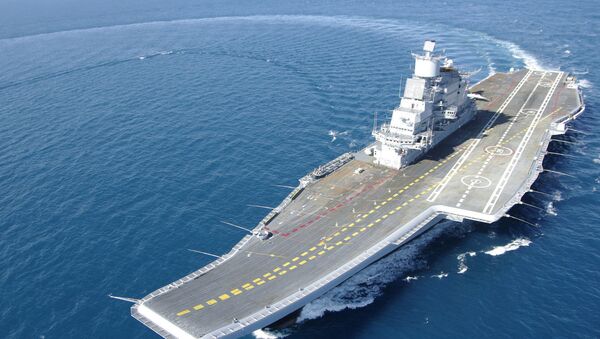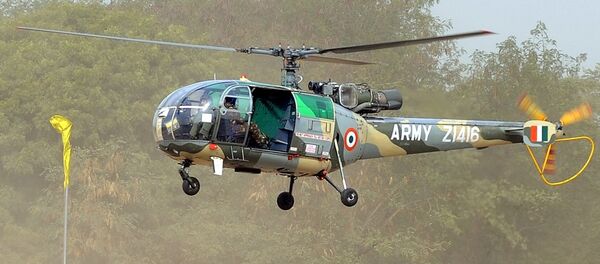A fire broke out at the engine room of India's aircraft carrier Vikramaditya while it was entering harbour in Karnataka's Karwar on Friday. The fire killed a naval officer who led the firefighting efforts in the affected compartment, according to a Saturday report by the Times of India.
The cause of the fire is yet to be announced by Indian authorities.
India has been actively developing its military in recent years, but "its military culture is lax and it has loose regulations," which cannot effectively train soldiers to operate advanced military equipment, Li said.
India's nuclear submarine, $2.9 billion worth Arihant was left out of commission after water rushed in as a hatch on the rear side was left open by mistake while it was at harbour in early 2017, the Hindu reported on January 2018.
Blasts of submarine Sindhurakshak that killed 18 personnel in 2013 was induced by mistakes made during the arming of the torpedoes. Extensive checks on weapon related safety systems and audit of Standard Operating Procedures on all operational naval units were made as corrective steps, the Economic Times quoted defence ministry official as saying in July 2018.
But Li noted that the Indian Navy's lax regulations mean sailors may neglect or fail to obey the rules on handling advanced equipment.
"Meanwhile, the cutting-edge weapons and equipment have higher requirement for the soldiers, who need to learn the knowledge of operation and maintenance," Li said.
The carrier's fire also sparked heated discussions among Chinese netizens as the fire was "accurately predicted" by Zhang Zhaozhong, a retired Chinese rear admiral and prominent military commentator.
I had said "Not catching fire would be great" years ago when people asked me to comment on the Vikramaditya's sea trial, Zhang posted on China's Twitter-like Sina Weibo on Saturday morning, listing several other navel accidents as evidence that the Indian military "did not learn a lesson."
The carrier Vikramaditya was built by the former Soviet Union as Baku and was commissioned in 1987. It continued to serve in the Russian Navy as Admiral Gorshkov and was decommissioned in 1996.
India made a deal with Russia on purchasing the retired warship and a $976 billion upgrade package in early 2004. The ship was commissioned in 2013, according to National Interest.
Purchases from other countries also increase the management challenge for the Indian military as weapons and equipment are made with different standards of different manufacturers, Li said.
This article originally appeared on the Global Times website.



